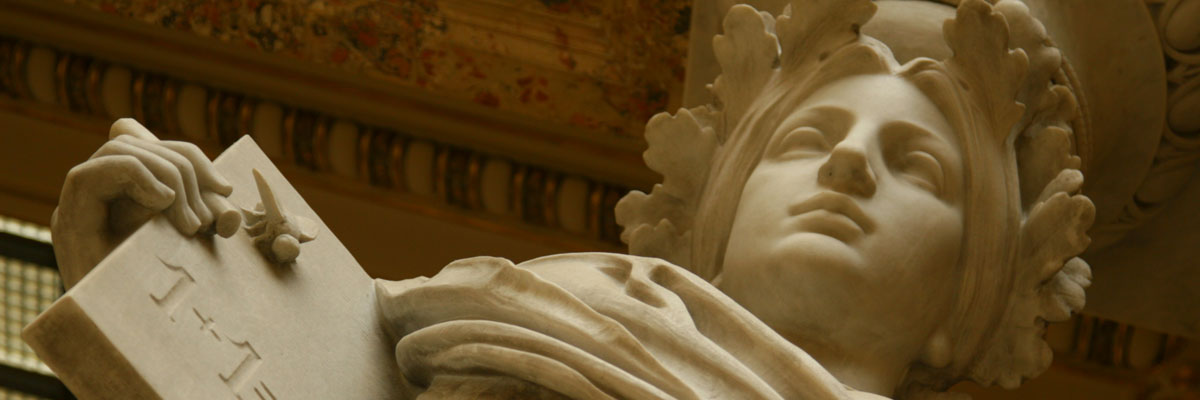
Czech discovery writes a new chapter in electrochemistry textbooks
28. 08. 2024
Scientists from the J. Heyrovsky Institute of Physical Chemistry of the Czech Academy of Sciences, in collaboration with the University of Paris, have achieved a breakthrough result. It could influence the future development of smart materials. The discovery, which challenges one of the fundamental principles of electrochemistry concerning electron manipulation, was recently published in the journal Angewandte Chemie.
Scientists create smart materials in various ways. Specifically, electrochemists utilize electron manipulation. This allows them to configure the desired properties of smart materials for diverse technological applications. The J. Heyrovsky Institute of Physical Chemistry of the Czech Academy of Sciences, in collaboration with the University of Paris, has now discovered a new method of multi-electron transfer that requires less energy.
Molecular flexibility changes electrochemical behavior
Magdaléna Hromadová's team studies chemical reactions in which molecules accept or give up electrons. In one of their experiments, the scientists focused on a type of molecule consisting of two redox centers interconnected by a non-conductive aliphatic linker composed of repeating methylene units. Redox centers represent sites in the molecule where electron transfer (acceptance or donation) occurs.
Scientists previously assumed that the aliphatic chain blocks communication between these centers in the molecule, thus each redox site would bind its own electron during charge transfer. However, new results have shown that the chain is more flexible than they thought, allowing communication between centers.
"Using quantum-chemical calculations, we demonstrated and experimentally verified that the electrons were not localized on individual redox centers, but were shared in a newly formed orbital. Less energy was required to accept the second electron," explained Magdaléna Hromadová, head of the Department of Electrochemistry at the Nanoscale. "Contrary to expectations, a different molecule was also formed," she added.
A new chapter in electrochemistry textbooks
Scientists had observed two-electron transfers before. They explained the mechanism by formation of radicals which subsequently combine into a chemical bond. However, new results have shown that the previous explanation was often incorrect. In reality, there was no interaction of radicals, but both redox centers shared electrons simultaneously in a qualitatively new way.
"With our article in Angewandte Chemie, we want to call on colleagues in the field of electrochemistry to take this observed phenomenon into account in their research and design of new functional materials," said Magdaléna Hromadová.
The discovery has the potential to influence the creation of new smart materials, such as molecular switches, which are key building blocks of the nanoworld. These switches are used in genetics, medicine, and electronics.
Read the full press release here.
Read also
- Scholars from the Czech Academy of Sciences will help make key UN documents on refugee policy in post-communist Europe accessible
- New perspective on the climate crisis: an ERC Consolidator grant
- World first for Czech science: egg ageing can be reversed
- How the human genome duplicates. A Czech becomes a new EMBO Young Investigator
- For the First Time Ever, a Czech Scientist Wins the international Dream Chemistry Award
- AI recognises parasitic eggs better than the average ornithologist
- IOCB researchers take a key step toward fully controllable molecular machines
- Two of Europe´s most prestigious grants awarded to the Czech Academy od Sciences
- Czech scientists discover a cellular “safety switch” that protects DNA from damage
- Fungi may use toxic substances to spread skin infections from guinea pigs to children
The Czech Academy of Sciences (the CAS)
The mission of the CAS
The primary mission of the CAS is to conduct research in a broad spectrum of natural, technical and social sciences as well as humanities. This research aims to advance progress of scientific knowledge at the international level, considering, however, the specific needs of the Czech society and the national culture.
President of the CAS
Prof. Eva Zažímalová has started her second term of office in May 2021. She is a respected scientist, and a Professor of Plant Anatomy and Physiology.
She is also a part of GCSA of the EU.